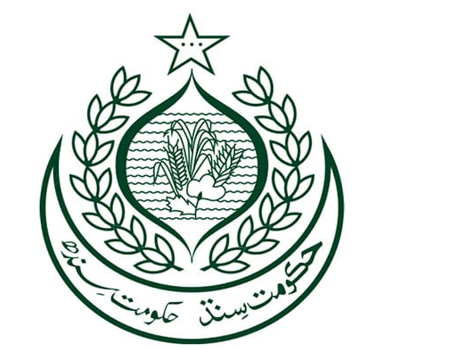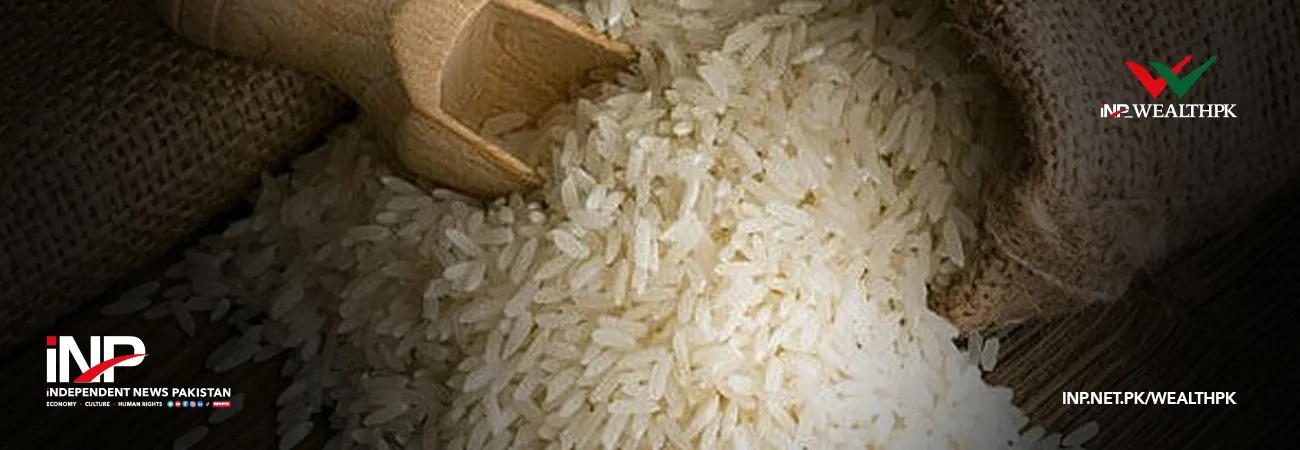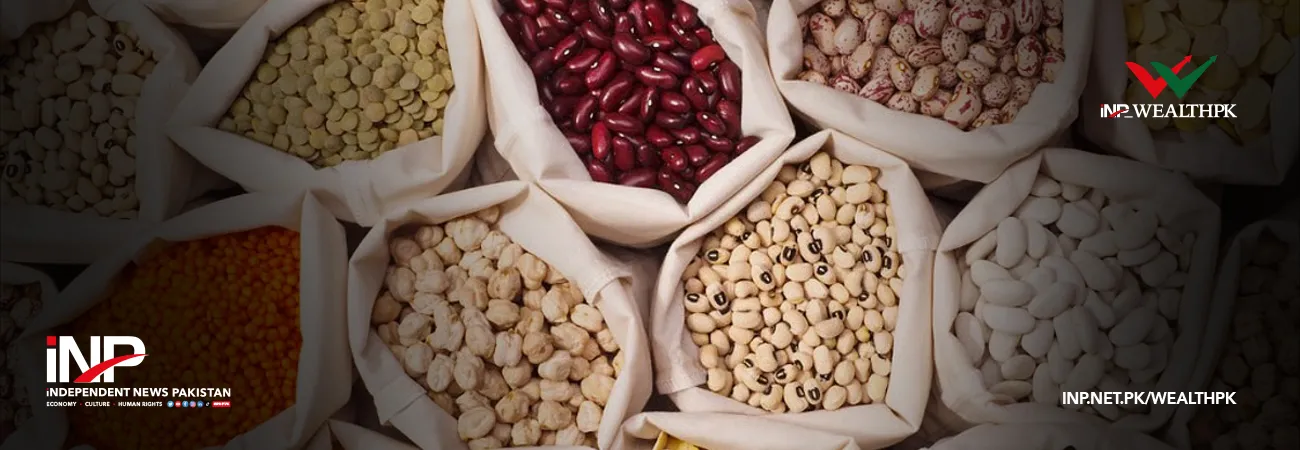INP-WealthPk
Ahmed Khan Malik
The government of Sindh will spend Rs500 million in the next financial year through various social security interventions to help reduce poverty.

"It is an initiative for rural development and poverty reduction through community-based interventions," Mukhtar Sehto, Deputy Secretary of Sindh Social Security Initiatives, told WealthPK. He pointed out that the European Union had extended support to the government of Sindh for the development of a wider provincial poverty reduction strategy and addressing both rural and urban poverty. He said that the programme was based on the concept to reduce poverty at the household level by focusing on women's empowerment. "The programme is being implemented through community participation based on three tiers: community organisations (COs), village organisations (VOs) and local support organisations (LSOs)." "Two to three households form COs, clusters of COs form VOs and LSOs are the combination of VOs. The initiative empowers the local communities by socially and economically enabling them to improve their social status through income-generating grants and community investment funds," he explained about the programme.
Mukhtar maintained that through this programme, a human capital had been formed, providing a platform to all line departments to implement their interventions, such as health, education, nutrition hygiene, etc., at the village level. According to a provincial government report, the multi-dimensional poverty incidence in Sindh is relatively on the higher side as compared to that of Punjab, mainly because of multifaceted deprivations and impoverishments in the province of Sindh. Sindh is severely affected by intensifying malnutrition and stunting indicators. As many as 48% of children under the age of five are stunted, while 35% of them are severely stunted. The incidence of global acute malnutrition (GAM), a measurement of the nutritional status, is 2.7% in Tharparkar, followed by Sanghar 16.0% and Qamber-Shahdadkot 13.8%. The rural areas of Sindh face more multi-dimensional deprivation than the urban areas, with 24.8% of the urban population and 71.4% of the rural population of Sindh being multi-dimensionally poor.
Safdar Abbasi, Consultant on Poverty Reduction Initiatives, said that Sindh had a population of 50.4 million (23% of the country's population) and generated 27% of Pakistan's GDP. "Almost half of Sindh's population lives in rural areas, and about 37% live below the poverty line — higher than Pakistan's average." He said the poverty rates were much higher in some flood-hit districts, reaching 53.4% in Badin. "Flood-hit areas in Sindh have some of the highest stunting rates in the country, reflecting limited access to sanitation facilities and clean water." Safdar said key gender disparities in Sindh related to access and utilisation of maternal, newborn and child healthcare services; early childhood development and education opportunities for the extremely poor and women-headed households; lack of skills training programmes for vulnerable young women; and access to both finance and job placement interventions for young women. "The Sindh government's programme will help address all these issues to some extent," he said.
Credit: INP-WealthPk













